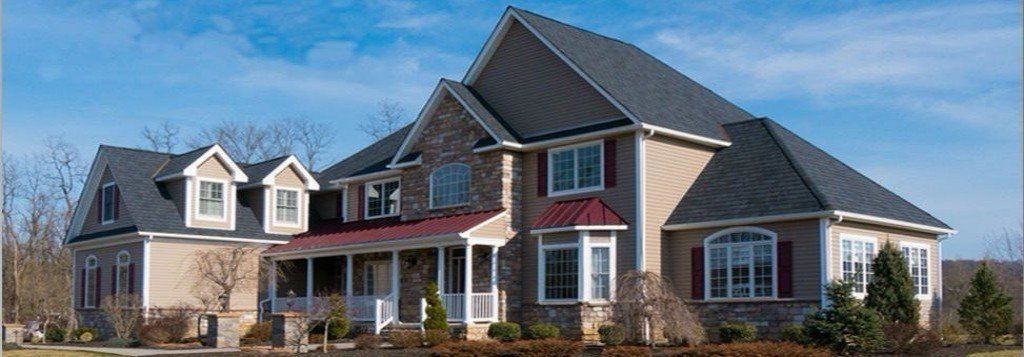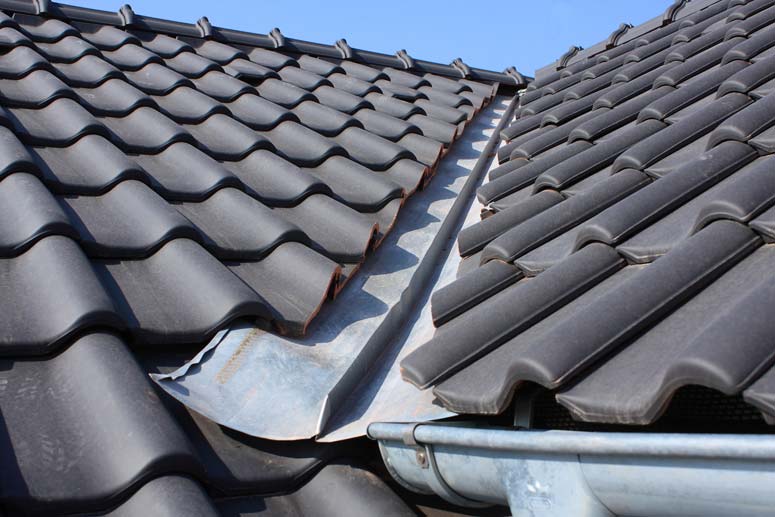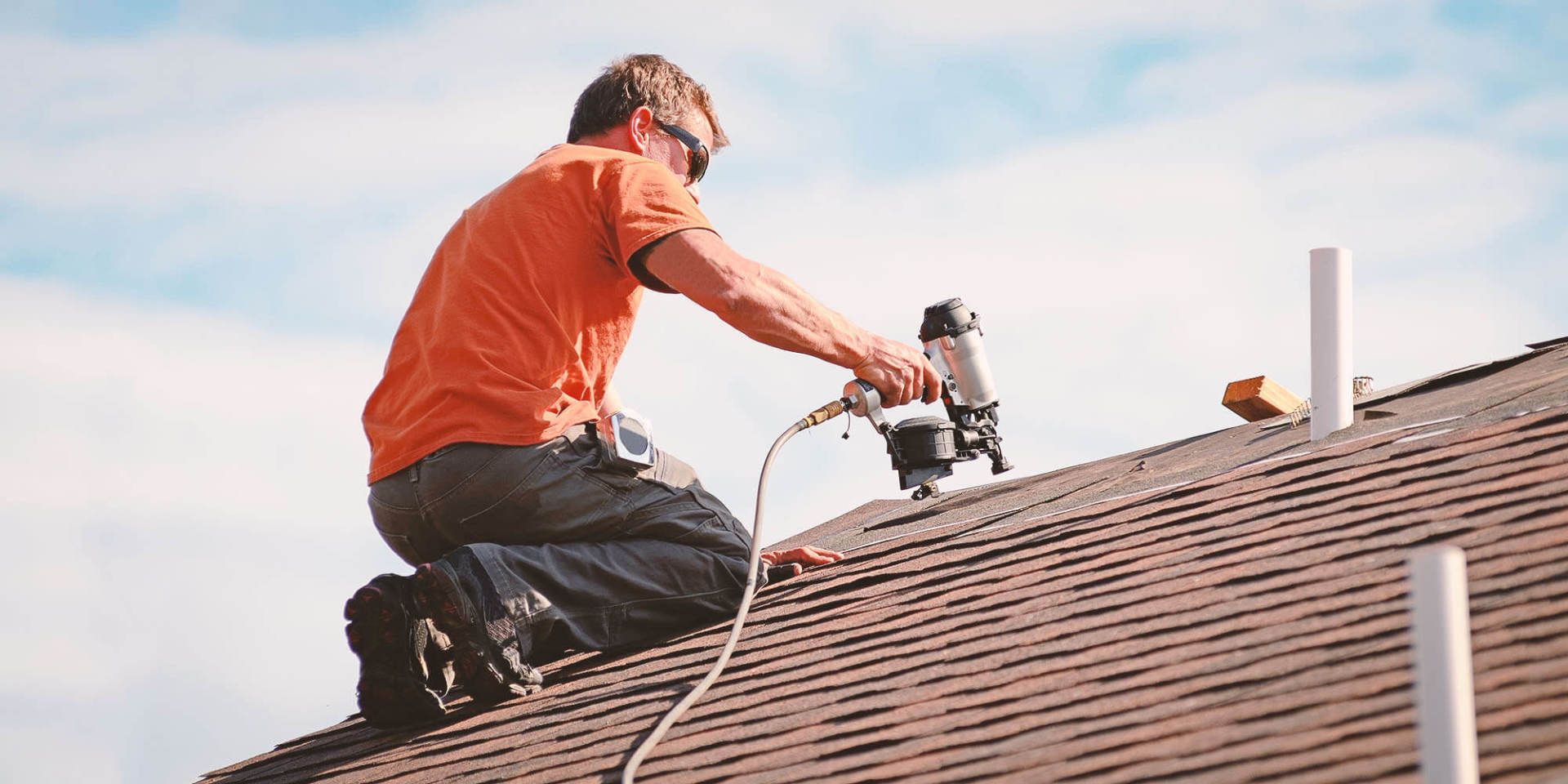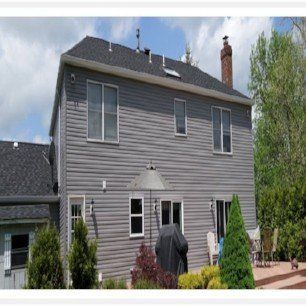Blog - What is an Ice Dam?
What is an Ice Dam?

WHAT IS AN ICE DAM?
An ice dam is a ridge of ice that forms at the edge of roofline preventing snow and ice from melting. This causes water to back up under the roof surface and leak into attic space eventually traveling into walls and ceilings.
WHAT ARE SIGNS OF AN ICE DAM?
Ice dams may appear harmless; however, they can cause substantial damage to your home. Ice dams themselves aren’t necessarily a problem but it’s the leaks that do the majority of damage. The signs might be subtle at first but they can quickly grow and become a major problem.
The first sign to be aware of is significant snow build up on the roof and gutter edge. This build up is going to prevent the melting snow from going into the gutters. The second sign is the formation of icicles forming behind the gutters and soffits. It’s crucial to remove any ice that forms in places it shouldn’t be. Another sign to look for is water dripping from under the soffit areas or overhangs.
Besides checking the exterior of the home for signs, you should also check the attic. Poor ventilation in the attic can also cause ice damming. If there is too much warm air in the attic it can cause the snow to melt regardless of the exterior temperature. You will also want to look for water spots in less obvious places such as the ceilings and exterior wall joints.
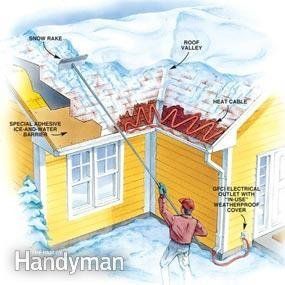
PREVENTATIVE MEASURES
Water and ice should not be visible behind gutters, fascia or through the soffits. This is why you should winterize your home in October or November. The most important thing that we cannot stress enough is to make sure your gutters are cleaned out ! You may receive numerous calls and emails but they are only to help you avoid problems such as ice damming. If your gutters are full with debris you are already at risk for an ice dam and water back up. Keeping your gutters cleared is KEY during this time of year.
As mentioned above, ventilation is also an issue in causing ice damming. Your attic should be cool all year round. Any type of heat in your attic is not good. The first type of ventilation you should have is vented soffits around the house so cool air can get in. So how does the air get out? There are a couple solutions to this depending on the house. A ridge vent at the roofs peak will allow the air in the attic to escape. A thermostatically, humidity-controlled attic fan, box vents and gable vents will also pull the air out of the attic. There is no such thing as too much ventilation…the more ventilation you have the longer your roof will last. Also, make sure your roof penetrations are sealed to prevent air from leaking in. (vent pipes, skylights, chimneys etc.)
An added bonus to stopping air leaks will also save you energy and reduce your heating and cooling expenses!
Another preventative measure for ice dams is to install ice cables on the areas of your home that do not get hit with sun. We won’t go into too much detail as you can refer to our next blog that specifically talks about them. In short, the ice cables will help gradually melt the snow by heating up the roof and gutter areas where they are installed allowing the water to drain as it melts.
The last way to avoid ice damming is to have the snow removed by a professional, insured roofing company…OH WAIT-WE DO THAT AND MORE! Contact Deegan Brothers and we will be more than happy to send our mechanic to clear off your problem area.





